SEGA’s catalog is quite literally littered with spectacular characters and franchises that either never took off or never made it to the west. We each have our favorites and one of mine is a little game for the Genesis called Ristar, a glowing example of SEGA’s mascot aspirations that was unfortunately unable to find an audience.
Back in the early Genesis days, SEGA was looking for their Mario killer. After Alex Kidd failed to save the Master System from being anything more than a speed bump to the NES’s growing monopoly, SEGA knew it needed a mascot that could capture the imagination (and money) of gamers. As we all know, they would eventually come up with Sonic the Hedgehog. Along the way, however, they created some other concepts, including a bunny that could throw things at enemies. This concept would percolate within SEGA for years, until it was finally released in 1995 as Ristar.
It comes as no surprise that Ristar comes from some of the same creative minds who worked on the original Sonic the Hedgehog. The game is a skillfully crafted platformer that produces visuals the Genesis was not supposed to be capable of and game play that rarely falters.
Though Ristar can trace its history back to the original Sonic the Hedgehog, don’t think for a moment that the games have much in common. It is a slow, plodding character who can’t even jump very high, much less run. Instead, most of his movement centers around one very unique ability among platforming characters: the ability to grab and smash into things using his stretchy arms! Using this move, Ristar can kill, climb, swing, pull and throw, producing a platformer with a wide variety of unconventional mechanics and single level gimmicks that utilizes these abilities in inventive ways. Ristar is easily one of the most creative 16-bit platformers I have ever played.
These gimmicks are Ristar‘s bread and butter, often altering how you play the game both subtly and drastically. The water stage Undertow introduces surprisingly solid swimming controls that completely change how Ristar moves through his environment, while another features a miniature Ristar that can be thrown to trigger deadly traps, and yet another has Ristar delivering metronomes to songbirds, and so on. The bosses and sub bosses add even more variety, ranging from simple snowball fights to epic mid-air confrontations. To reveal anything more would only spoil the surprises that await you in the game, but it is suffice to say that almost every level has something new for the player beyond simply escalating the difficulty.
Difficulty is unfortunately where Ristar’s biggest flaw lies. The game’s difficulty can be very uneven, with several difficulty spikes spread throughout the game rather than a gradual progression. The most challenging parts of the game are scattered throughout the middle, and some of the easiest stages of the game are the last two.
Despite this flaw, Ristar is an incredibly well made platformer that oozes creativity and diversity. Ristar controls like a dream even in the water, bucking the all too common control issues that plague the water levels of most platformers. On game play alone, this is a very easy recommendation for any SEGA fan.
These gimmicks are Ristar‘s bread and butter, often altering how you play the game both subtly and drastically.
Of course, games are about more than just game play, and in the audio and visual departments Ristar soars. This is a very gorgeous game, utilizing every trick in the book to produce one of the most technically impressive Genesis games ever made, including some of the most colorful graphics I’ve ever seen on the system. Many of the sprites are huge and the game even has some little details that even many SNES platformers never bothered with. For instance, when Ristar is swimming around in Planet Undertow the water darkens once he reaches a certain depth. While the most common enemy in the game is nothing more than an angry Puyo, the levels are also filled with large, colorful enemies that look far better than any enemies I’ve seen in any other Genesis platformer.
The game’s backgrounds are detailed and use multiple layers of parallax scrolling, giving many of the levels a nice sense of depth and scale. SEGA pushed every ounce of power out of the Genesis to make this game come to life, and it shows, especially in comparison to the rest of the console’s library. Unfortunately, the Genesis was still not quite powerful enough to render this game flawlessly. When things become hectic on screen, the frame rate will slow down noticeably, and sprites will flicker. Despite these flaws, Ristar is still a very gorgeous game and easily one of the best examples of what the Genesis was capable of. The game’s beautiful graphics are also accompanied by an almost as beautiful musical score, full of the kind of boppy 16 bit chiptunes you would expect from a SEGA made Genesis platformer.
If innovative design, beautiful graphics, and a stellar soundtrack aren’t enough for you, Ristar’s also got a decent amount of content. The core game has 13 stages, 6 mini bosses and eight bosses that will take the average player about six hours or more to beat, depending on their skill level. It took me years to beat this game, but I’ve also seen some playthroughs clock in at around an hour, so your mileage may very depending on how skilled you are. Ristar also has 12 optional bonus stages that consist of increasingly insanes challenge that will test the level of any player’s skill. Finally, for the most hardcore players Ristar also has an expert mode, a time attack mode, and a boss rush mode accessible through pass codes.
Ristar was the swan song of the Genesis. Inventive and technically impressive, it was the last in SEGA’s long line of classic 16 bit platformers, and easily one of the best. Though Ristar never received the same amount of popularity as other classic 16 bit platformers like Sonic, Mario and Donkey Kong, it easily stands alongside them as one of the greats of its era. I give this game a hearty recommendation to anyone who enjoys classic side scrolling platformers, or retro games in general.
Positive:
- As aged very well
- The gimmicks are very creative and rarely fall flat, levels and bosses offer a lot of variety
- Visually impressive for the SEGA Genesis
- An old school difficulty and decent number of levels mean you’ll be playing this for awhile
Negative:
- The difficulty is uneven
- Once mastered, the game can be beaten in about an hour and a half
 “Anyone with a Genesis needs to play this. Anyone without a Genesis needs to play this too.”
“Anyone with a Genesis needs to play this. Anyone without a Genesis needs to play this too.”

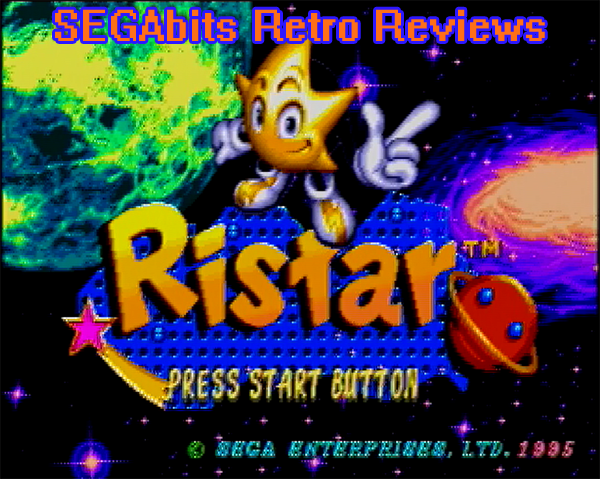
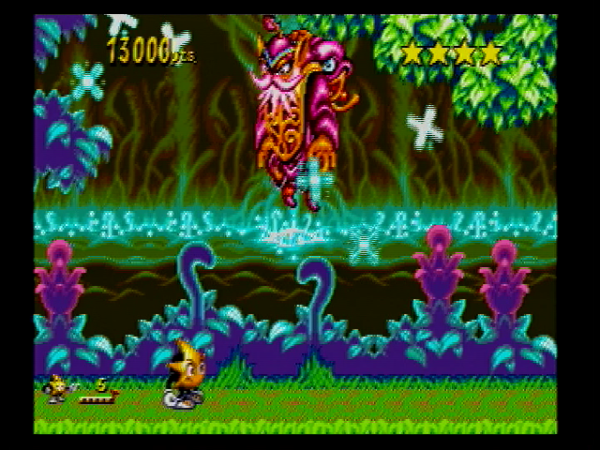
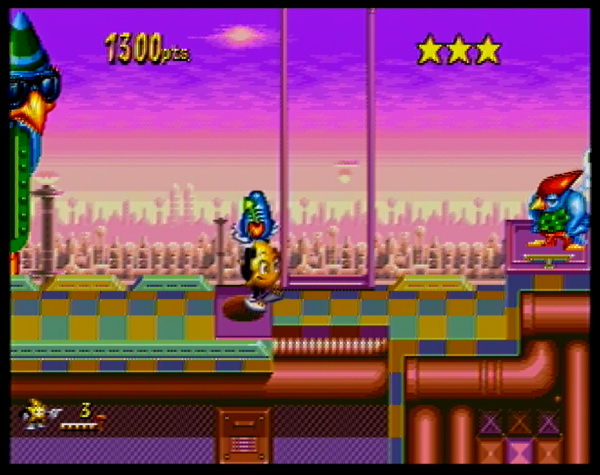
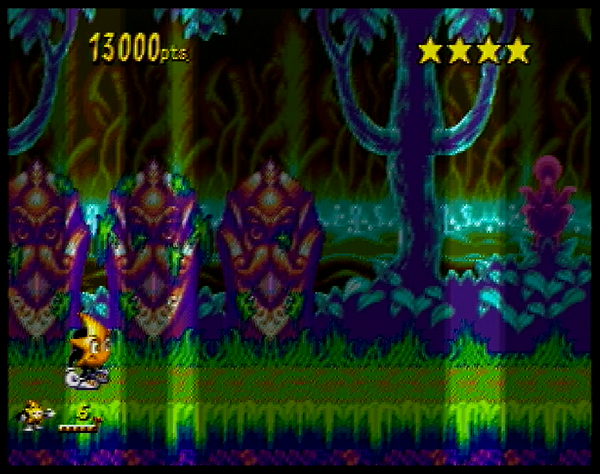
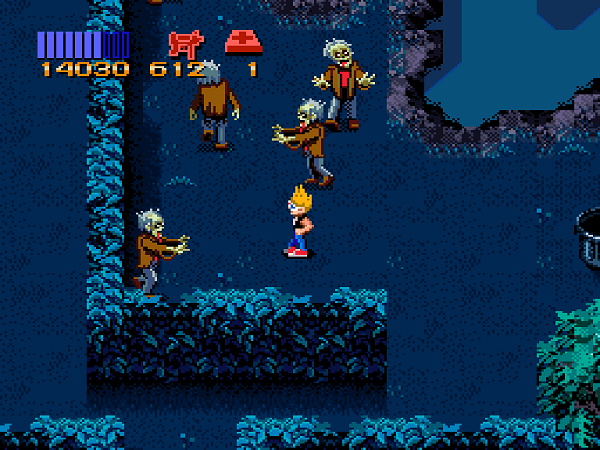

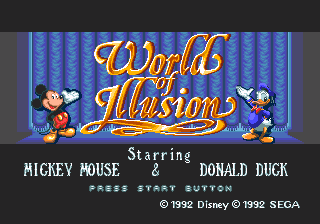

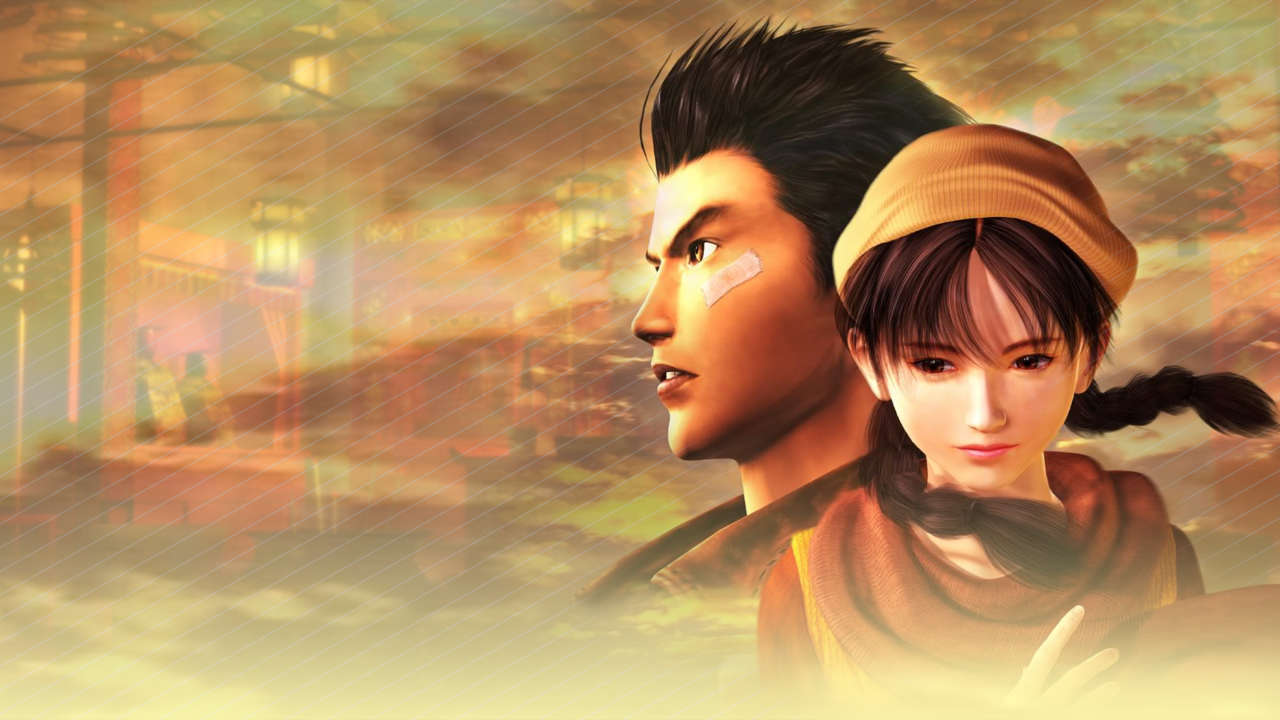
I’ve had this on Sonic’s Ultimate Genesis Collection since its release but never really played it. After reading your review I gave it a shot and am really enjoying it!